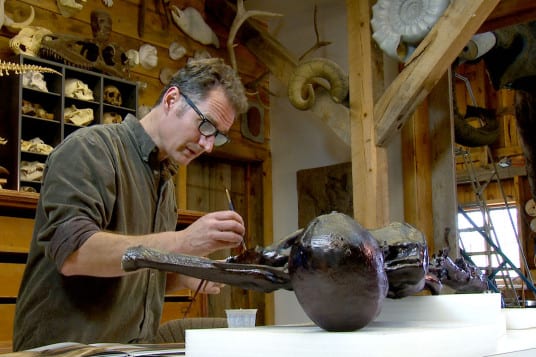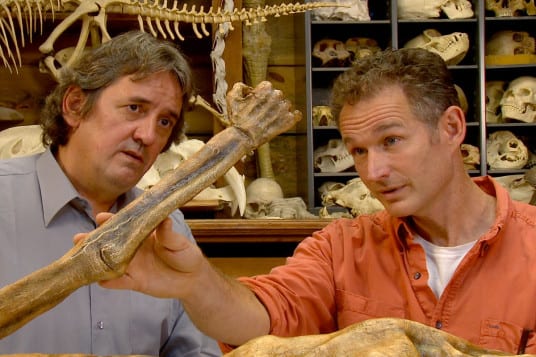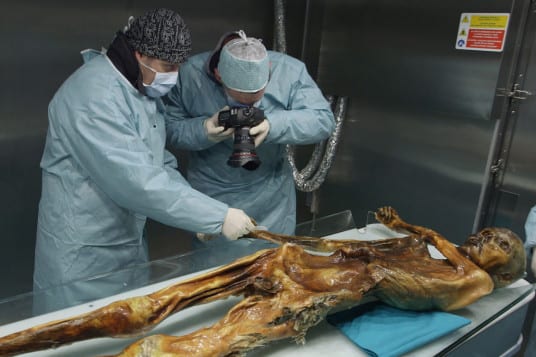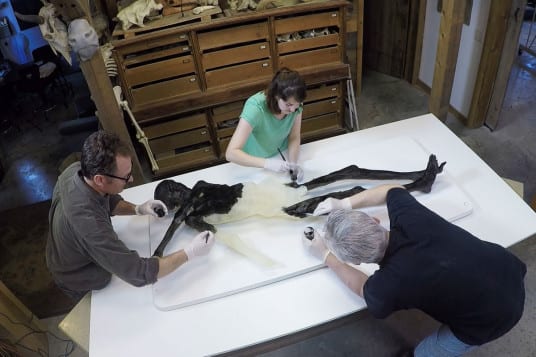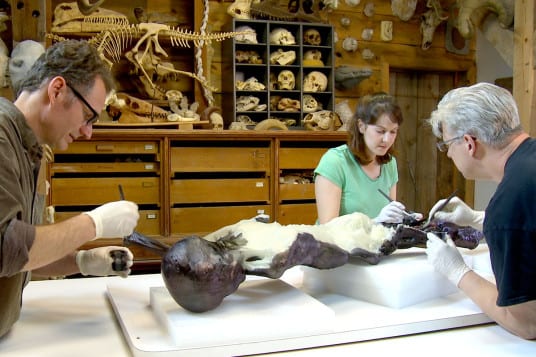A murder mystery thousands of years old and a continent away is coming to Long Island, where middle school and high school students can look at a rare face from human history.
During the ice age, an arrow went through a man’s shoulder blade, nicked an artery that leaves the aorta and caused him to bleed to death. Some time after he died, weather conditions effectively freeze dried him, preserving him in a remarkably pristine state until German hikers found his five-foot, five-inch body protruding from a melting glacier in 1991. He was found in the Ötztal Alps (on the border between Austria and Italy) — hence the name Ötzi.
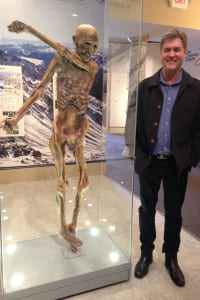
While Ötzi, as he is now called, remains preserved carefully in a special facility in Italy, a master craftsman and artist has created a painstaking replica of a 45-year-old man killed at over 10,000 feet that is now on display at the DNA Learning Center at Cold Spring Harbor Laboratory.
“Kids are fascinated by it,” said Dave Micklos, the executive director of the DNA Learning Center, who has shared the newest mummified celebrity with students for several weeks in advance of the official exhibit opening in the middle of February. “The story is quite fascinating: it’s an ancient murder mystery. We take it from the forensic slant: what is the biological evidence we can see on Ötzi’s body that tells us who he was and how he died.”
Ötzi, or the Iceman as he is also known, has become the subject of extensive investigation by scientists around the world, who have explored everything from the over 60 tattoos on his body, to the copper axe found next to him, to the contents of his stomach and intestines, which have helped tell the story about the last day of Ötzi’s life.
“It’s a story that’s been assembled, bit by bit,” Micklos said. “Each scientific investigation adds new twists to the story.”
The Learning Center came up with the idea to create a replica and proposed it to the South Tyrol Museum of Archeology in Bolzano, Italy. Eventually, the museum granted the center the rights to use the CT scans, which provide detailed anatomical features. Ultimately, artist and paleo-sculptor Gary Staab used the images and studied the Iceman himself.
Staab, who has recreated copies of extinct animals for museums around the world, used a three-dimensional printer and sculpting and painting techniques to create an exact replica of a man who probably didn’t know he was in immediate danger when he was hit, because he seemed to be taking a break, Micklos said. Staab built one layer at a time of a resin-based prototype, then worked on the skin through sculpting, molding and painting.
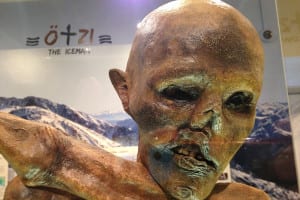
Nova produced a television feature called “Nova’s Iceman Reborn” on PBS that captures the process of combining art and science to make a replica of the rare and highly valued fossil, which viewers can stream online through the link https://www.pbs.org/nova.
Long Islanders can see the replica at the Learning Center, where they can ask a host of questions about a man born during the copper age — hence the copper axe — and about 2,500 years before Rome was founded. Visitors interested in seeing Ötzi need to purchase tickets, which cost $10, ahead of time through the Learning Center’s website at www.dnalc.org.
Ötzi’s entire genetic sequence is available online. The Learning Center is the first science center worldwide to focus on DNA and genetics.
The center is especially interested in helping students understand what DNA says about human evolution. In one experiment, students can compare their own DNA to Ötzi, a Neanderthal and another ancient hominid group, called the Denisovans. Students can see how similar modern DNA is to Ötzi and how different it is from the Neanderthals and Denisovans. The 5,200 year differences with Ötzi is “no time in DNA time,” Micklos said.
Ötzi’s genes reveal that he had atherosclerosis and the deposition of plaques on the inner walls of the arteries. Ötzi was a healthy, active, relatively long-lived man in the Paleolithic era, who ate a diet of natural, unprocessed foods, and yet he had heart disease. His heart condition came as a surprise to scientists.
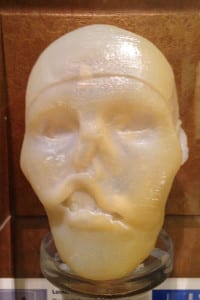
In addition to his genes, Ötzi’s body left clues about his life, where he’d spent his last day and what he’d eaten. Scientists have explored the contents of each part of his digestive tract, which, remarkably, remained well preserved during those thousands of years.
Ötzi had eaten different kinds of ibex meat, which is a goat found in the mountains. The pollen that was in his system, which came from the air he inhaled and from the food he ate, were pieces of a puzzle that showed where he’d been. The pollen near the top of his digestive track came from coniferous trees, including relatives of spruces and pines, which came from higher altitudes. Stored deeper in his system was pollen from deciduous trees, like birch and hazel, which grew lower in the valleys.
In addition to the Ötzi replica, the Learning Center also has reproductions of the clothes he was wearing and the artifacts he was carrying, which included a couple of containers of birch bark sewn together with fibers.
The Learning Center is developing a program to help students from the age of 10 to 18 explore Ötzi, so students can ask what the artifacts tell them about neolithic time.
Micklos said students have shown a strong interest in this old replica.
“It’s a little bit morbid, but not too much, and it’s a little gruesome, but not too much,” he said. “Everybody loves a mummy,” he continued, citing the popularity of the mummy exhibit at the Metropolitan Museum of Art.

